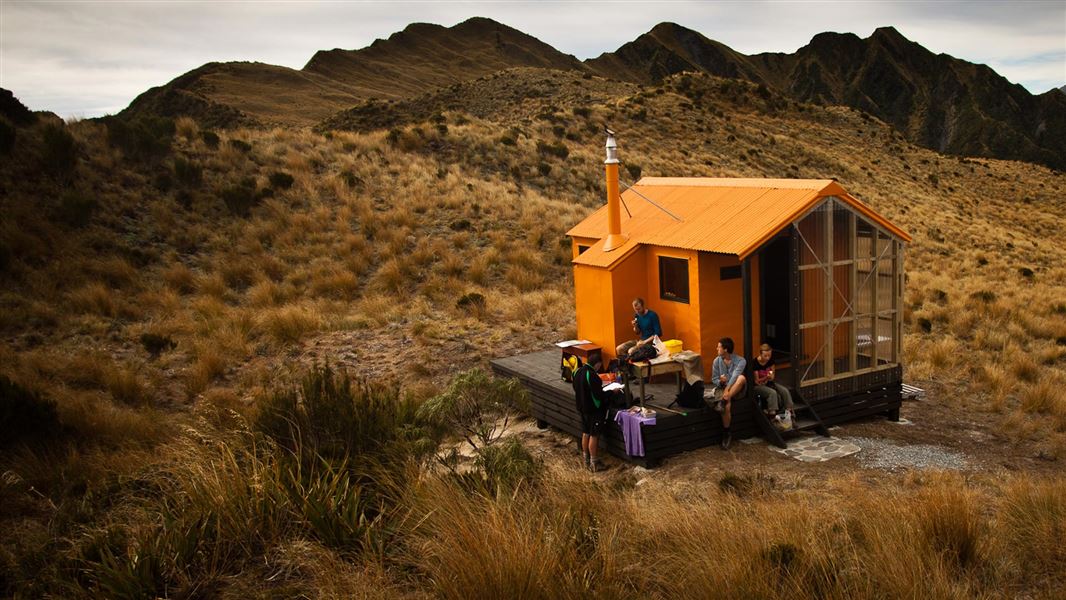Archived content: This media release was accurate on the date of publication.
Date: 11 October 2022
Released today, the Department of Conservation (DOC) annual 2021/22 visitor insights report looks at survey, activity counter and bookings data between 1 July 2021 and 30 June 2022.
The information provides a snapshot of where people went across conservation areas, who is visiting and the quality of their experience. It also provides a regional breakdown of findings.
“The report shows a stark decline in visitation to some of New Zealand’s most famous natural landmarks compared to pre-pandemic levels,” says DOC Heritage and Visitor Director Tim Bamford.
“While we know prior to the pandemic, high visitor numbers were putting pressure on some popular places, it’s sobering to see these figures and their impact on nearby communities.”
Places that have seen the largest decline in visitors compared to 2018/19 include:
- Milford Sound/Piopiotahi – down 86%
- Punakaiki Pancake Rocks and Blowholes – down 85%
- Franz Josef Glacier – down 83%
- Roys Peak Track – down 83%
- Tongariro Alpine Crossing – down 79%.
International visitors will return this summer, but not at pre-pandemic levels says Tim Bamford.
“International visitor numbers have been climbing since the border with Australia reopened. We expect these iconic destinations will be busier this summer – and we’ll be watching with interest.
“Despite the border restrictions, domestic travel impacts from COVID-19 being in the community and closures such as on Heaphy and Lake Waikaremoana tracks, DOC’s visitor facilities were well used over the last year.”
“It’s really pleasing to see about four out of five visitors reporting having a good or exceptionally good experience.”
Approximately 164,000 people camped at bookable DOC campsites (down 3% on the previous year), 73,000 people stayed at bookable DOC huts (down 4%), and 72,700 people experienced a Great Walk (down 21%).
Although 80% of New Zealanders reported visiting ‘Protected Natural Areas’* and 75% ‘Protected Heritage Places’** in a normal year, there were some New Zealanders who reported not visiting these places says Tim Bamford.
“There are huge health and wellbeing benefits from getting out into nature. DOC needs to continue to consider how to provide access to conservation areas for all New Zealanders. This information helps us to better understand what works well and what might be preventing people from accessing their great outdoors, such as financial or physical barriers.”
“Spring is a great time to get outdoors, but visitors should take care of themselves and wildlife. Check the forecast before you go, and always pack for bad weather just in case. Watch for snow and ice underfoot, and be extra vigilant in avalanche-prone areas or on trips involving river crossings.”
“Spring is an important time for our native species. Nesting birds, their eggs and offspring are particularly vulnerable to dogs, human disturbance and 4WD vehicles during springtime. Visitors need to take particular care in riverbeds and coastal areas.”
The report also contains a new section on the impacts of climate change on conservation areas and visitor facilities across Aotearoa. Tim Bamford acknowledges DOC is seeing the impacts of climate change in all aspects of its work and expects this to continue.
“The reality of climate change is it will mean more closures and costs across DOC’s recreation network. Repairs can take time as we explore long-term solutions for damaged sites that will stand up to future climate-related events.”
Read the full 2021/22 visitor insights report (PDF, 8,352K)
* ‘Protected Natural Places’ cover all conservation areas national parks, and marine reserves.
** ‘Protected Heritage Places’ include historic reserves, historic buildings, special Māori sites and places of national significance.
Contact
For media enquiries contact:
Email: media@doc.govt.nz
